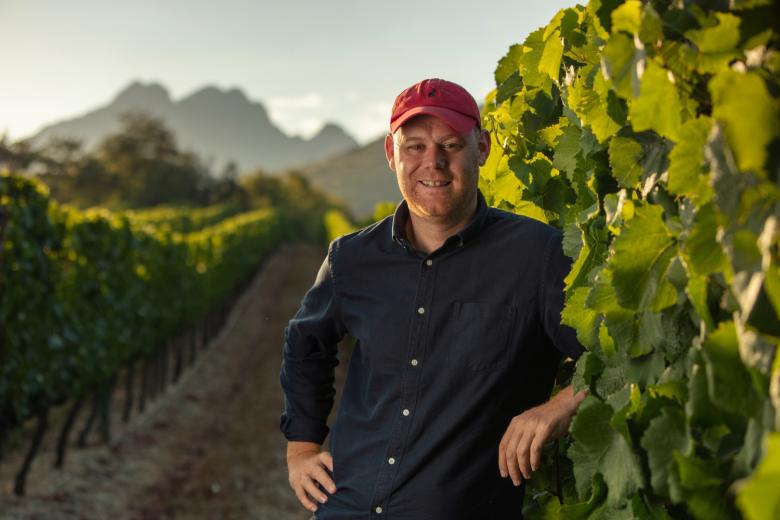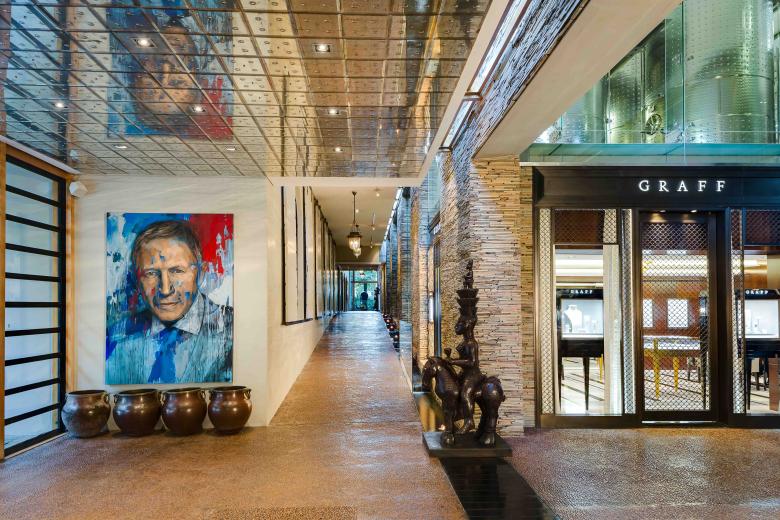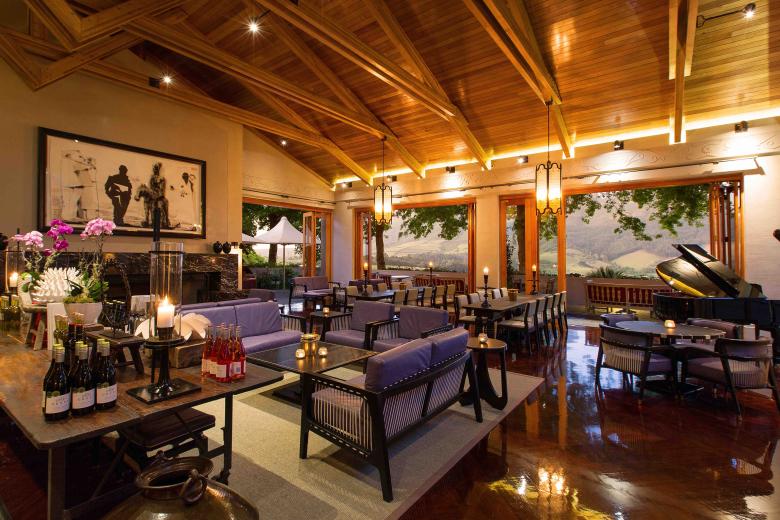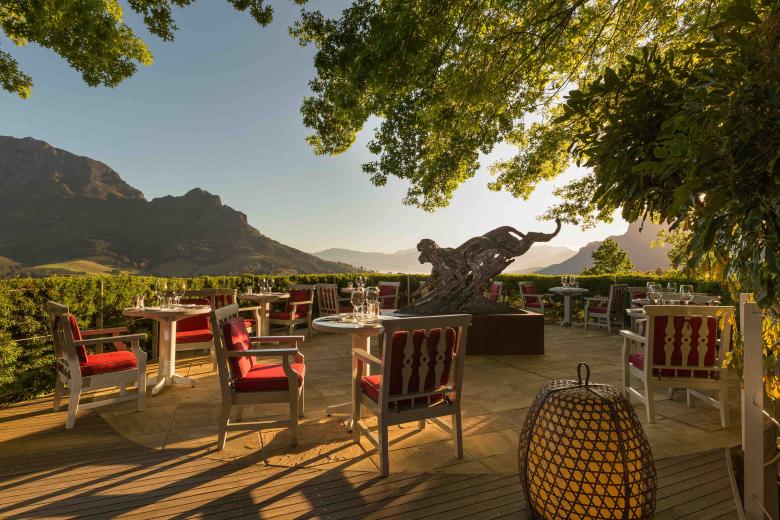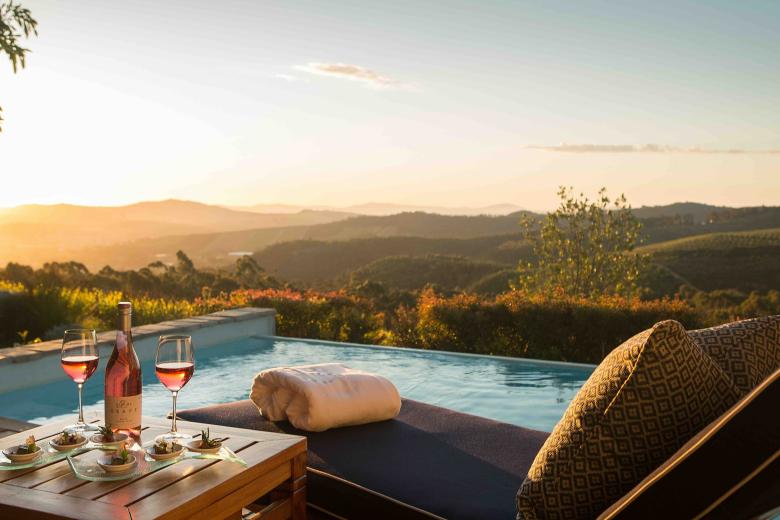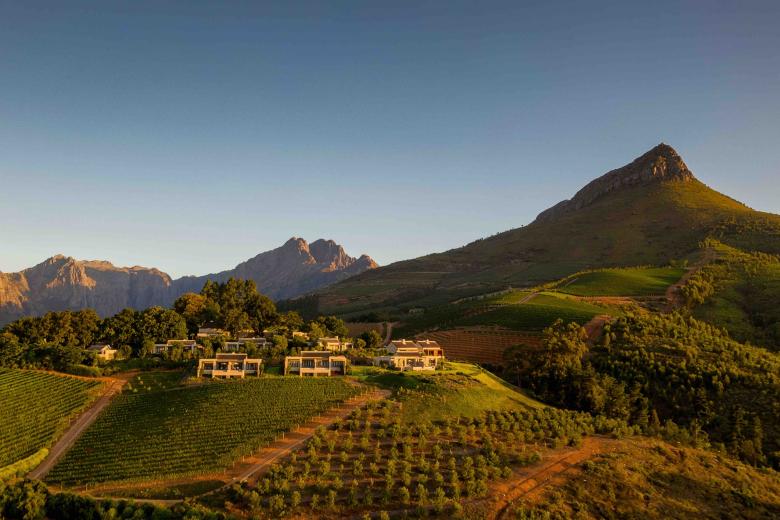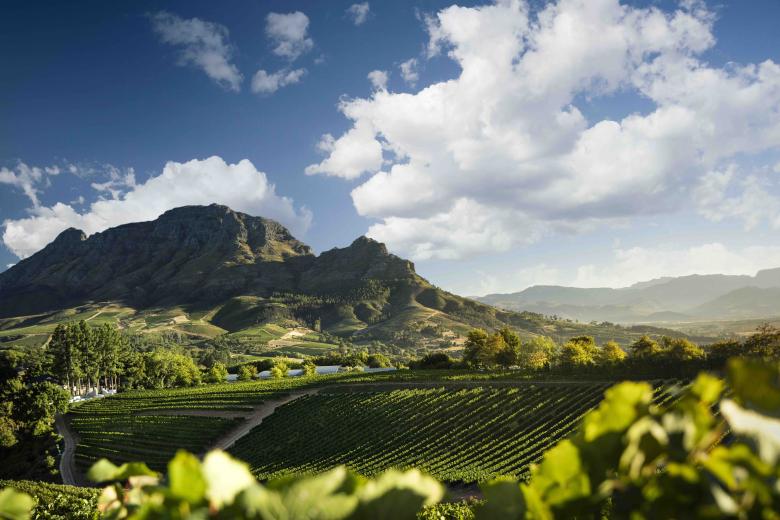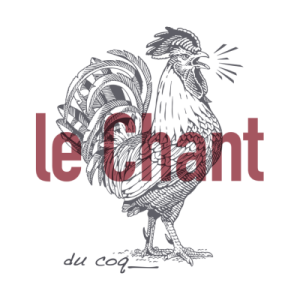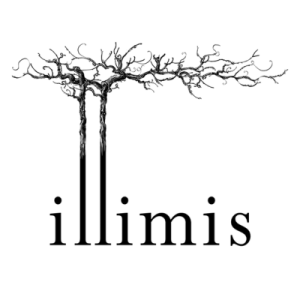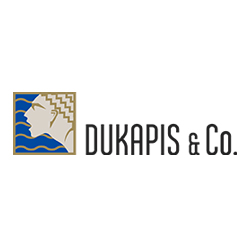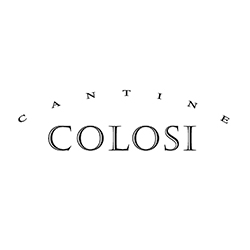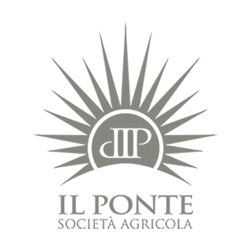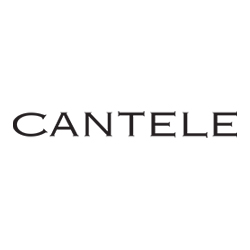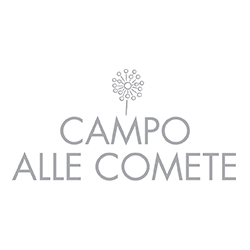Delaire Graff Estate
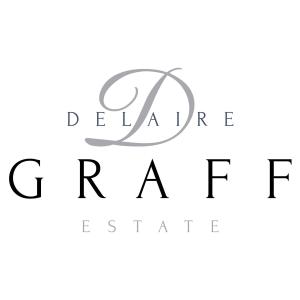
Home to the Delaire Graff Estate in South Africa, the spirit of the first pioneers who founded the Stellenbosch Valley lives on in the region’s illustrious wine heritage, Cape Dutch architecture and spectacular 360-degree panoramas.As so often happens in wine, a humble intention can lead to an unexpected and far more glorious result. The bubbles in Champagne were an accident of bottling wine with a little sweetness to soften the flavour; the creation of the great fortified wines of Port was a measure only intended to make the wines seaworthy; and, in the case of South Africa, the wine industry was essentially started as a cure for scurvy.
The sparsely inhabited tip of Africa was midway on the treacherous eight-month journey that Dutch sailors took from Holland to Indonesia. The spice trade was roaring, and business was good for the Dutch East India Company, which ruled the seas between the 17th and 19th centuries. Aside from the unabating threat of shipwreck, the company had one other very serious problem – its crew kept perishing from scurvy. Following long stints at sea, sailors were blighted with the disease which, unbeknown to them, was caused by a lack of vitamin C. Although the cure wasn’t discovered until three centuries later, having some fruit, wine and rest seemed to help, and so the Dutch East India Company founded Cape Town in the 1650s as a supply station to refuel and recharge during voyages.
The first Commander of the Cape, Jan van Riebeeck, fancied himself as a medic of sorts and declared Cape wine as the doctor’s orders to keep the scurvy at bay and lull the sailors into a relaxed mindset as they carried along the perilous spice route. He planted the first vines and fruit trees in South Africa, and on 2 February 1659 Riebeeck wrote home about his first vintage, praising God for the ‘very fragrant and tasty’ wine he had made from those original vines. Whether it was as fragrant or tasty as Riebeeck describes is debatable (the Dutch were far better brewers than winemakers).While it is highly unlikely Riebeeck’s wine would be anything to write home about today, it was enough to attract attention in Europe and convince others to travel and settle in the Cape.
When Laurence Graff first visited Delaire Estate in 2003, he paused to take in his surrounds. With its 360° panoramas and distinguished wine heritage, the view was utterly compelling. Situated at the apex of the Helshoogte Pass, the Estate overlooked the Banghoek Valley, and its vineyards ran up the slopes of Botmaskop Peak. The imposing 914m peak had been named Botmaskop – ‘Boatman’s peak’ – because its remarkable vantage point was historically used as a lookout point to spot boats coming in to Table Bay over 50km away, and to alert the wine valleys below to load their wagons and restock the incoming ships with wine and fruit.
The north-facing slopes of Botmaskop also proved ideal for high-quality viticulture and the panorama remains unparalleled. To Laurence Graff, the view over Banghoek was not scary, as its moniker implied, but electrifying. He knew he couldn’t live without seeing it again and purchased Delaire almost immediately.
- Number of bottles produced: 400.000
- In charge of winemaking: Mornè Vrey
- In charge of vineyard management: Kallie Fernhout
- Name of Company contact: Katherine Harris
- Email: info@delaire.co.za
- Telephone: +27 21 885 8160
- Website: https://www.delaire.co.za
-
Address:
Delaire Graff Estate
R310 (Helshoogte Pass)
Stellenbosch 7600
South Africa
